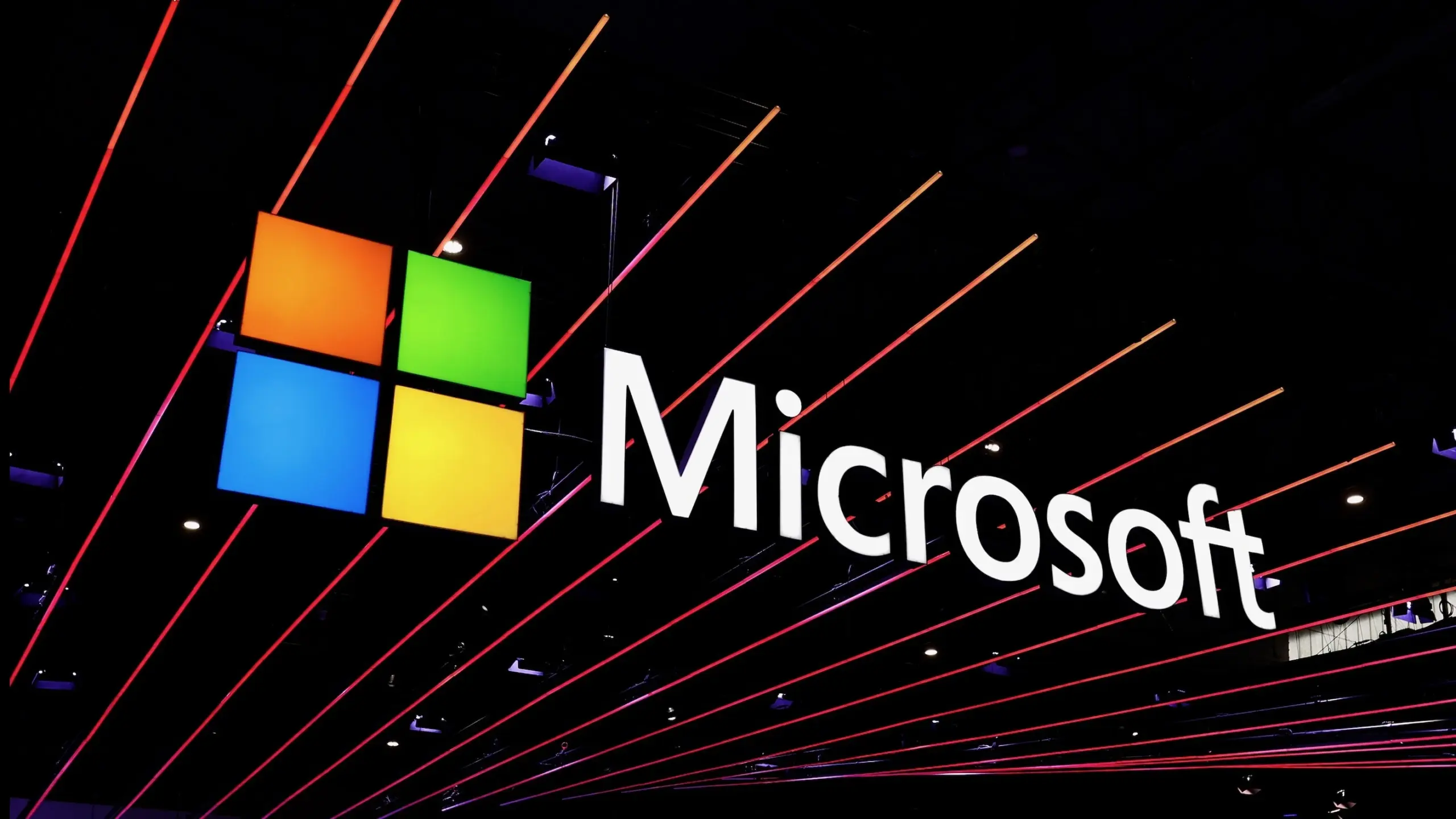Advanced Micro Devices (AMD) is stepping up its game in the artificial intelligence (AI) sector with the launch of its latest AI chips, marking a significant move in the heated competition with Nvidia and Intel. This development comes at a time when the demand for high-performance computing in AI applications is soaring, positioning AMD as a formidable player in the global market.
The Battle for AI Supremacy
The race among tech giants AMD, Nvidia, and Intel has intensified with each company striving to capture a larger share of the lucrative AI chip market. AMD, traditionally trailing behind Nvidia in this segment, is making bold strides with the introduction of the MI300X AI chip. This new chip is noted for its impressive 192GB of memory, which surpasses Nvidia’s GH200, offering only 141GB. This increase in memory could potentially reduce the number of GPUs needed in data centers, enhancing efficiency and reducing costs.
Intel, on the other hand, is not staying behind. It has recently unveiled a series of new AI chips, including revamped Xeon server chips and the Gaudi 3, which directly competes with Nvidia’s dominant H100 model. Intel’s strategy emphasizes versatility and energy efficiency, aiming to reclaim a significant presence in the market amid declining revenues and challenges in maintaining its market share.
Revenue Trends and Market Dynamics
Nvidia continues to lead in terms of revenue and market dominance, particularly in the AI chips segment. Over the past few years, Nvidia has seen a substantial increase in its data center revenue, significantly outpacing both AMD and Intel. This success is largely due to Nvidia’s early and aggressive investment in AI technologies, making it a one-stop shop for chips, software, and access to specialized computing needs.
Despite slower growth, AMD is not backing down, focusing heavily on AI and expanding its offerings to meet the evolving demands of the market. Similarly, Intel is working to overcome setbacks and reposition itself as a leader in AI innovation, although it faces hurdles such as delayed product launches and stiff competition from established players.
Impact on the Industry
The ongoing developments in AI chip technology by AMD, Nvidia, and Intel are not just reshaping the competitive landscape but are also setting new standards for performance, efficiency, and the range of applications that can benefit from AI. From powering complex AI models and enhancing data processing capabilities to reducing energy consumption and operational costs, these chips are at the forefront of technological advancement.
The strategic moves by AMD to boost its AI chip capabilities signify a critical pivot in its business strategy, aimed at capturing a more substantial market share and challenging the dominance of Nvidia and Intel. This could herald a new era of innovation and competition in the AI chip industry, potentially leading to more advanced and cost-effective AI solutions across various sectors.
As the battle for AI chip supremacy continues, AMD, Nvidia, and Intel each bring unique strengths and strategies to the table. The outcome of this competition will not only determine the market leader but also influence the future of AI technology and its integration into global industries. With each company pushing the boundaries of what is possible, the tech industry watches eagerly as these giants chart the course of the next generation of AI capabilities.










Add Comment